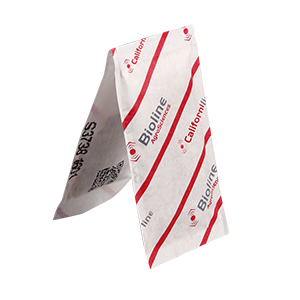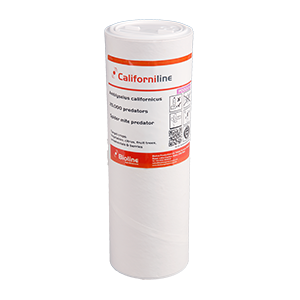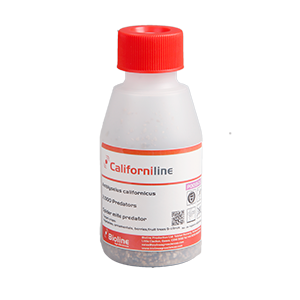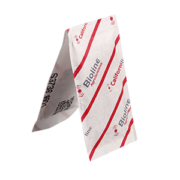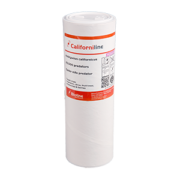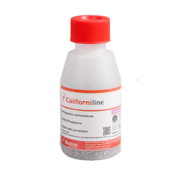Californiline biological control agent contains the predatory mite, Amblyseius californicus. It is a generalist predator targeting various spider mite species including two-spotted mites.
Key Features
- Generalist predator which can also feed on pollen and other arthropods.
- Persists longer in the crop than many other spider mite predators.
- Active in high temperature and low humidity conditions.
Main uses
- Two-spotted spider mite
- Carmine mite

